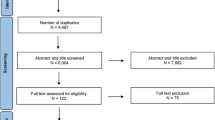Abstract.
Purification of selenoprotein W (Se-W) from rat and monkey muscles was shown to exist in multiple forms: with or without reduced glutathione and/or a 41-Da moiety (identity still unknown). TGA is located at coding position 13 in Se-W complementary DNA (cDNA) from all five species studied (rats, mice, sheep, human and monkey). TGA is also the stop codon in the rodents and sheep cDNA, but TAA is the stop codon in primates. There is an 80% homology of the nucleotide sequence in the coding region among the five species of animals, and the predicted amino acid sequences are 83% identical (rodents identical and primates identical). Se-W levels are highest in muscle, heart and brain from sheep and primates, but very low in rodent hearts. Studies with tissue cultures of muscle and brain cells indicated that selenium influenced Se-W levels. Although the metabolic function of Se-W is unknown, preliminary data suggest that it has an antioxidant function.
Similar content being viewed by others
Author information
Authors and Affiliations
Rights and permissions
About this article
Cite this article
Whanger, P. Selenoprotein W: a review . CMLS, Cell. Mol. Life Sci. 57, 1846–1852 (2000). https://doi.org/10.1007/PL00000666
Issue Date:
DOI: https://doi.org/10.1007/PL00000666




